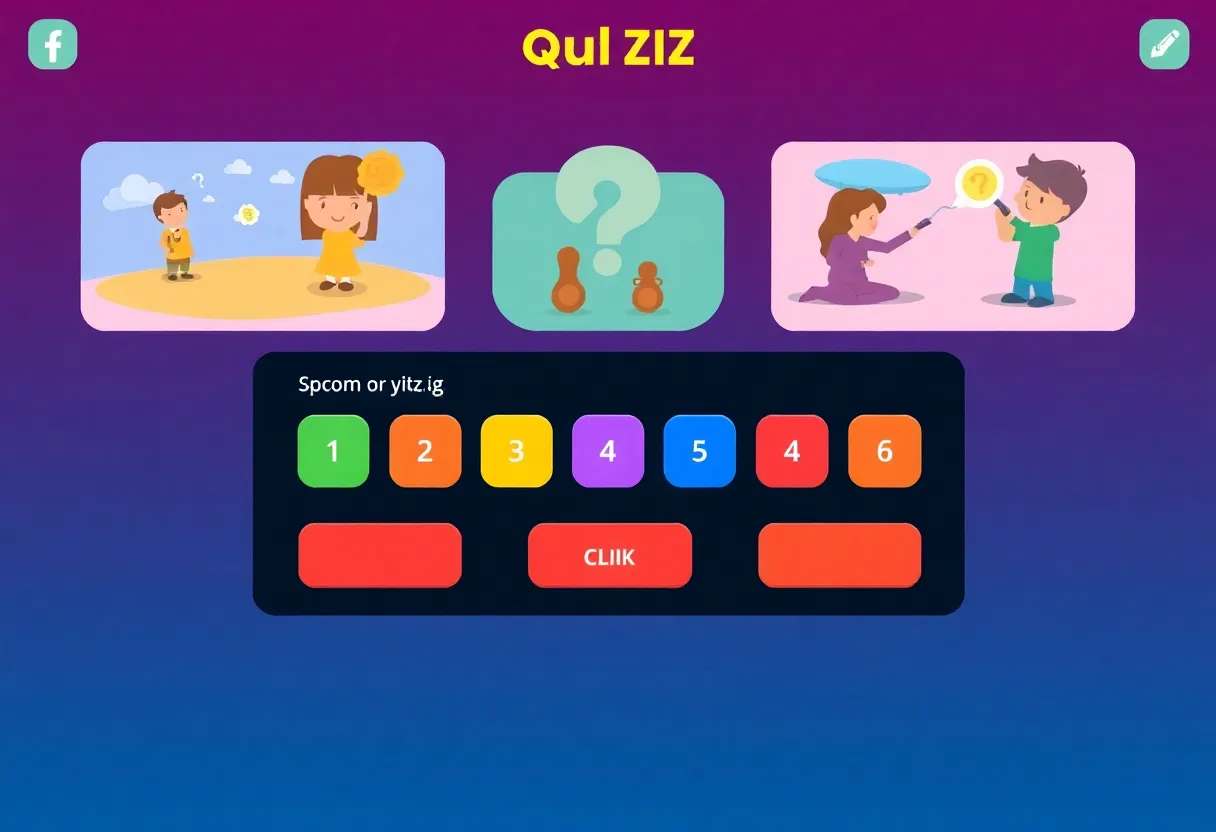How Can You Use Interactive Quizzes to Capture Leads in Digital Marketing?
In the rapidly evolving landscape of digital marketing, businesses must find unique strategies to engage potential customers. One effective method gaining traction is the use of interactive quizzes. These engaging tools can serve as powerful lead generation mechanisms when executed thoughtfully. This article delves into the core aspects of using interactive quizzes for capturing leads in digital marketing, focusing on their benefits, implementation strategies, and best practices.
Understanding the Benefits of Interactive Quizzes
Interactive quizzes provide several advantages in the context of lead generation:
1. Enhanced Engagement
Quizzes are inherently engaging, captivating the user’s attention and keeping them on your site longer. The interactive nature encourages users to participate rather than passively consume information. This increases the chances of conversion by creating a dialogue with potential leads.
2. Data Collection
By using quizzes, businesses can collect valuable data about their audience. In exchange for quiz results, users may provide personal information such as their email addresses. This data can be instrumental for follow-up marketing strategies.
3. Personalization
Quizzes can be tailored to gather user preferences and habits. This information allows businesses to segment their audience and deliver highly personalized marketing messages. Personalization increases the relevance of the content provided to each lead, boosting conversion rates.
4. Shareability
Well-crafted quizzes are shareable across social platforms, increasing the potential for organic reach. When users find a quiz enjoyable, they are likely to share it with friends, further amplifying brand exposure and attracting new leads.
Implementing Interactive Quizzes for Lead Generation
To effectively capture leads through quizzes, a structured approach is essential:
1. Define Your Objectives
Before creating a quiz, it is crucial to identify its primary goal. Are you looking to collect email addresses, gather demographic data, or understand customer preferences? Clear objectives will guide the quiz design and ensure it meets your marketing needs.
2. Choose the Right Topic
Select a quiz topic that resonates with your target audience while aligning with your brand. Consider what interests them or what problems they face. A well-chosen topic will encourage participation and compel users to share their results.
3. Design Engaging Questions
Questions should be straightforward and thought-provoking. Use a mix of multiple-choice, true or false, and open-ended questions to maintain interest. Aim for 5 to 10 questions to ensure the quiz is concise yet informative.
Example of Engaging Questions:
- What challenges are you currently facing in your industry?
- Which product feature is most important to you?
- Rate your knowledge level on our product from 1 to 5.
4. Offer Incentives
To maximize participation, consider offering an incentive. This could be a discount, a free resource, or early access to new products. Providing a reward increases motivation for users to complete the quiz and share their information.
5. Implement Lead Capture Mechanisms
Integrate a lead capture form at the end of the quiz. Ensure that the form is user-friendly and doesn’t ask for excessive information. Basic details such as name and email address may suffice. An enticing call-to-action can further motivate users to provide their contact information.
Best Practices for Quiz Creation
To ensure your quiz is effective, adhere to these best practices:
1. Keep It Short and Sweet
Quizzes should be concise. A longer quiz may deter users from completion. Limit the number of questions while ensuring they are engaging and informed.
2. Use Appealing Visuals
Incorporate visuals, such as images or GIFs, to enhance the user experience. A visually appealing quiz is more likely to retain users’ attention and encourage completion.
3. Optimize for Mobile
As many users access content via mobile devices, quizzes must be mobile-responsive. Ensure that the layout and functionality work seamlessly across different screen sizes.
4. Test and Iterate
Before launching your quiz, conduct thorough testing. Gather feedback from colleagues or a small audience and make necessary adjustments based on their input. Iteration is vital for improving quiz effectiveness.
5. Analyze Outcomes
After the quiz launch, analyze participation rates, completion rates, and lead conversions. These metrics provide insights into the quiz’s effectiveness and areas for improvement. Data-driven adjustments can enhance future quizzes.
Integrating Quizzes into Your Marketing Strategy
To maximize the impact of your quiz, integrate it into a broader digital marketing strategy:
1. Promote Through Multiple Channels
Utilize social media, email marketing, and blog posts to promote your quiz. Each channel may reach different segments of your audience, increasing participation. Tailor the messaging according to the platform for better results.
2. Nurture Leads Post-Quiz
Once you have captured leads, develop a nurturing strategy. Send personalized emails based on quiz results or user preferences. Continuous engagement keeps leads warm and more likely to convert into customers.
3. Retarget Participants
Utilize retargeting ads to remind quiz participants of their experience. Providing insights based on their quiz results may encourage them to engage further with your brand.
Conclusion
Interactive quizzes present a unique opportunity for businesses to enhance engagement, collect valuable data, and ultimately capture leads. By following best practices and integrating quizzes into a comprehensive digital marketing strategy, companies can leverage the interactive nature of quizzes to their advantage. The key lies in understanding your audience, crafting engaging content, and utilizing the insights gathered for ongoing marketing efforts. As digital marketing continues to evolve, incorporating interactive quizzes may just be the edge your business needs to thrive.
Author: STAFF HERE NOVI WRITER
The NOVI STAFF WRITER represents the experienced team at HERENovi.com, your go-to source for actionable local news and information in Novi, Oakland County, and beyond. Specializing in "news you can use," we cover essential topics like product reviews for personal and business needs, local business directories, politics, real estate trends, neighborhood insights, and state news affecting the area—with deep expertise drawn from years of dedicated reporting and strong community input, including local press releases and business updates. We deliver top reporting on high-value events such as Motor City Comic Con, Michigan State Fair, and Novi Home and Garden Show. Our coverage extends to key organizations like the Novi Chamber of Commerce and Novi Community Foundation, plus leading businesses in automotive, technology, and manufacturing that power the local economy such as Gentherm, Stoneridge, and Daifuku North America. As part of the broader HERE network, including HEREDetroitMI.com, HEREGrandRapids.com, HERENorthville.com, and HEREPlymouth.com, we provide comprehensive, credible insights into Michigan's dynamic landscape.






